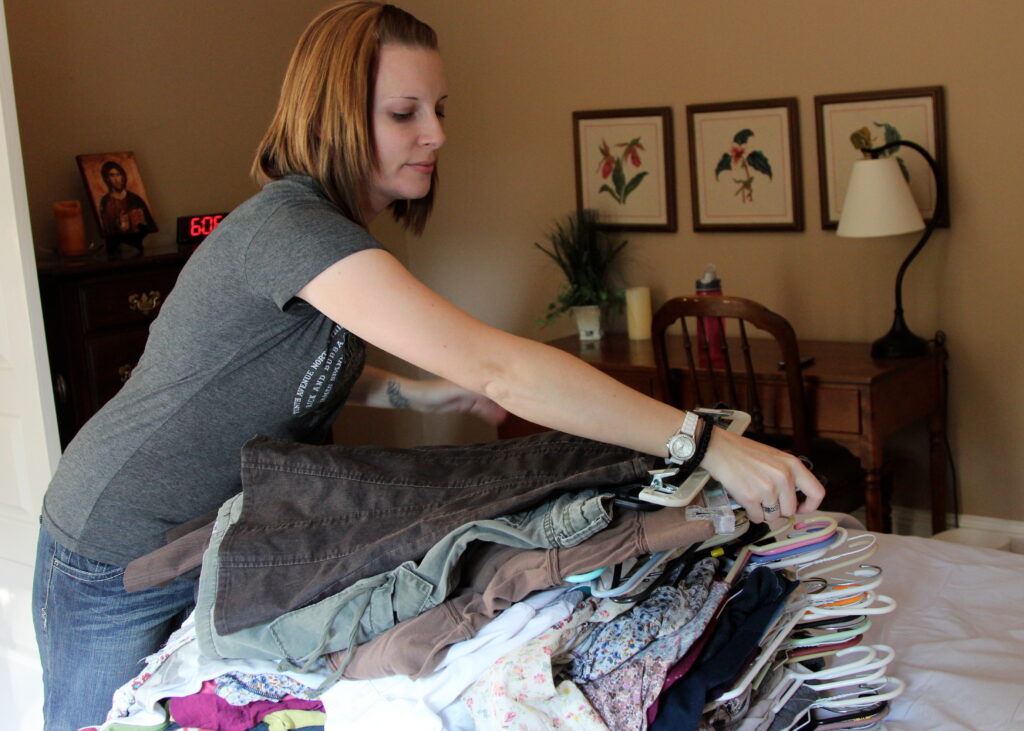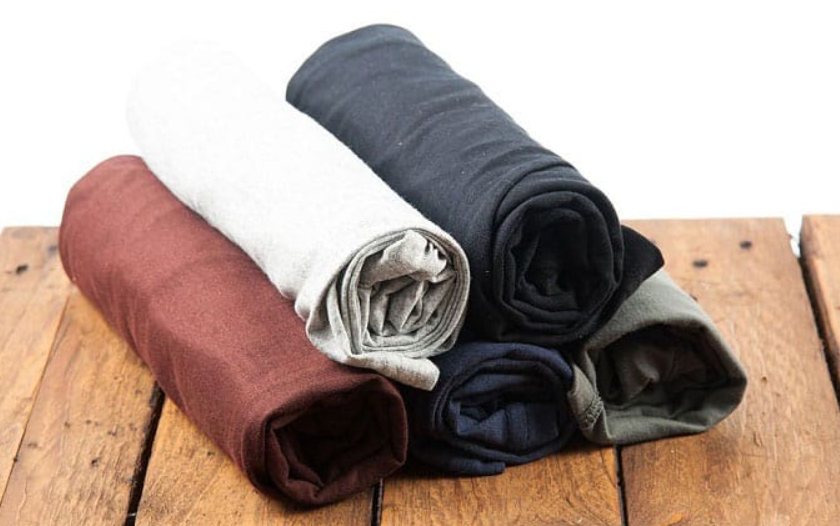
Do you want to know how to pack your clothes for a move? We can aid. We have all the advice you need to properly relocate your clothing, regardless of how many clothes you own (which, let’s face it, most of us do). You just need a small closet to store your entire wardrobe. Every item, including hanging garments, delicate pieces, shoes, hats, and accessories, needs to be packed differently. Our comprehensive tutorial on packing clothing for a move can be found below.
To make packing your clothes easier and more effective, take the following actions before you start.
One of the most important things to do while getting your wardrobe ready for a move is to purge. It allows you to start over in your new house and makes packing easier.
Be severe when you declutter by going through your closet. Items that no longer fit, are broken, or show signs of wear should be donated or sold. Items that you haven’t worn in a year should also be considered. Utilize this time to arrange your wardrobe and put together a capsule outfit for your new residence.
After you’ve determined which things to part with, choose whether to sell or donate them. Before you relocate, you can consider selling your clothes online for additional cash. It’s simple to do so with sites like thredUP and Poshmark.
A local shelter, the Salvation Army, or Goodwill are a few charitable organizations to which you can give your used apparel. You can lessen the quantity of garbage that ends up in landfills and assist those in need by donating your gently worn clothing.
Make sure to clean everything before packing your outfit. This involves steaming or ironing any wrinkled clothing, as well as washing and drying your clothes by the care labels.
You may assist in preventing mold and mildew during shipment by washing your garments before the move to ensure they are dry and clean. You won’t have to bother about cleaning your clothing before putting it away in your new house, which greatly simplifies the unpacking process.
Read More: How to Safely Pack Your Electronics for Moving?

Depending on your demands, the distance you’re moving, and the quantity of clothing you own, there are several ways to pack hanging garments. Here are some choices:
Wardrobe boxes: Featuring a metal bar for hanging clothes, wardrobe boxes are constructed from sturdy cardboard. They are easy to carry and feature built-in handles. They are available in different sizes. Wardrobe boxes work well and offer superior clothing protection.
Garment bags: These can be made of premium leather, polyester that resists mildew, or breathable canvas. They are also available in a variety of sizes. To ensure protection, just hang your items inside the bag and zip it shut. Garment bags are convenient to carry and quite light. Nevertheless, as they might compress clothing and leave wrinkles, they might not be appropriate for delicate textiles.
Portable closet: A portable closet is essentially a hybrid of a wardrobe box or garment bag with a moving rack. Lightweight portable closets come with a frame, hanging bar, and a zipped cloth cover. They work well for storing your hanging clothing together and out of the weather. Nevertheless, they can be large and occupy a lot of room.
Packing non-hanging clothing can be more difficult than packing hanging clothing, if only because there are more options and considerations to make. The most popular packing techniques are summarized here:
Method of folding: Folding clothing into tidy, little squares or rectangles is the most popular way to transport items that aren’t meant to hang. Using this technique, fold the item of clothing in half lengthwise, then, depending on size, fold it in half again or in thirds. For dress shirts, sweaters, and other delicate goods, this procedure works great.

Military rolling method: It is a space-saving and wrinkle-prevention technique that includes tightly wrapping clothing into small bundles. Smooth out any wrinkles by laying the clothing flat before using this method. Next, tuck the sleeves inside and tightly roll the shirt starting at the bottom. This technique works well with T-shirts, jeans, and other casual apparel.
Compression bags: A wonderful approach to reduce space is to use compression bags or vacuum-sealed bags. All you have to do is stack and fold your garments inside the bag and then follow the directions to release the air. By doing this, you can pack more clothing into a smaller amount of space by compressing it. Bulky things like winter coats and sweaters are ideal candidates for compression bags.
Drawers on dressers: You can move dressers as a whole to your new house, leaving the clothing within the drawers. You may avoid packing and unpacking your clothes by choosing this practical choice. It is crucial to take out any breakable objects or things that can leak and stain your clothing while being transported.
Read More: Expert Tips for Hiring Quality Movers for Mastering Your Move

Utilizing specialized boxes for shoes, hats, and jewelry is the most secure method of packing accessories like watches and jewelry. Specialty moving boxes offer superior organization and protection compared to standard moving boxes. Handbags, hats, and shoes should all be packed with packing paper to assist them in maintaining their shape and wrapped in paper or plastic to avoid scuffs.
If you still have the original shoe boxes, it’s preferable to pack your shoes in them. If not, shoe boxes made of cardboard or plastic are available. Another alternative is to use individual drawstring bags. To save space, place purses, shoes, and other accessories that have been securely wrapped in the bottom of clothing boxes.
Whichever way you decide, make sure to mark the bags or boxes with the contents and the room they go in. This will help when it comes time to unpack.